As a material for bicycle frames, titanium holds an almost legendary status. What is it about titanium that makes it so appealing and highly valued among cyclists? In this article, we delve into the allure of titanium, exploring its characteristics and inviting you to share your perspectives on this sought-after frame material.
Over many years, I’ve had the opportunity to ride, own, borrow, and review numerous titanium bikes. Like many coveted items, the excitement is palpable before they arrive and lingers for a while afterward. However, at its core, a titanium bike is simply a bicycle. It serves the fundamental purpose of transporting you and your gear from point A to point B, much like bikes constructed from other materials. There’s no inherent magic to titanium itself. While there are indeed distinctions between titanium and steel—the other material we’ll primarily consider—many of which I will discuss, I believe that for most riders, the most significant differentiator of a titanium bike is its price tag, rather than its ride quality, weight, or strength.
To illustrate, imagine building two bikes—perhaps hardtails or gravel bikes—with identical high-end components, tires, and saddles. One frame is crafted from premium steel, and the other from premium titanium. We equalize geometries and tube thicknesses to ensure maximum similarity. Both are painted to conceal the frame material at a glance. I’d argue that very few individuals would conclude after test rides that the titanium frame offered a vastly superior riding experience. Equipped with top-tier components, high-volume tires, and thoughtfully designed tubing, both bikes would be exceptionally robust, sufficiently lightweight, and enjoyable to ride. The titanium option would simply be considerably more expensive.
 Otso Warakin Ti, Sky Islands Odyssey, Lucas Winzenburg
Otso Warakin Ti, Sky Islands Odyssey, Lucas Winzenburg
Even for discerning riders who can genuinely perceive subtle differences between these nearly identical bikes, the elusive “ride feel” is just one aspect of the equation when choosing a bike. Cost, aesthetics, availability, environmental considerations, weight, brand reputation, unique specifications, durability, and numerous other factors all play a role in selecting the perfect bicycle. Titanium excels in certain areas while lagging behind steel in others. The ideal balance is subjective and varies from rider to rider.
Personally, reflecting on my experiences returning borrowed or review titanium bikes, I’ve often felt that a steel equivalent would suffice, questioning whether the titanium model justifies the premium. Yet, months later, I often find myself drawn back to the allure of titanium. Even now, the idea of building a singlespeed titanium hardtail lingers, budget constraints notwithstanding. I know this sentiment is shared by many. But why is this the case?
Key Aspects of Titanium Bike Frames
Titanium undeniably possesses an allure that transcends pure rationality. Rather than engaging in a detailed cost-benefit analysis or delving too deeply into the metallurgical intricacies of steel versus titanium, I’ll approach this from a more emotive standpoint. I consulted with several frame builders experienced in both titanium and steel, and their anonymous insights are incorporated below. My aim is to shed light on the mystique surrounding titanium bikes, though I must admit, I don’t have definitive answers. Instead, I hope to stimulate a discussion about what attracts (or repels) cyclists concerning titanium. Your input is highly encouraged in the comments section.
Price Point
Titanium frames are notoriously expensive. Depending on your perspective, this can be a major drawback or part of their appeal. A quick survey of quality framesets offered in both steel and titanium from popular bikepacking brands (including Salsa, Chumba, Otso, Tumbleweed, Curve, Jones, and Esker) reveals that titanium versions typically cost more than double (over 130% on average) their steel counterparts. For example, a steel Salsa Fargo frameset is priced at $999, while the titanium version commands $3,149. An Esker Lorax steel frame costs $1,400, whereas the titanium version is $2,500. Price differences among other surveyed models fall within this range. Importantly, steel frame prices often include paint finishes.
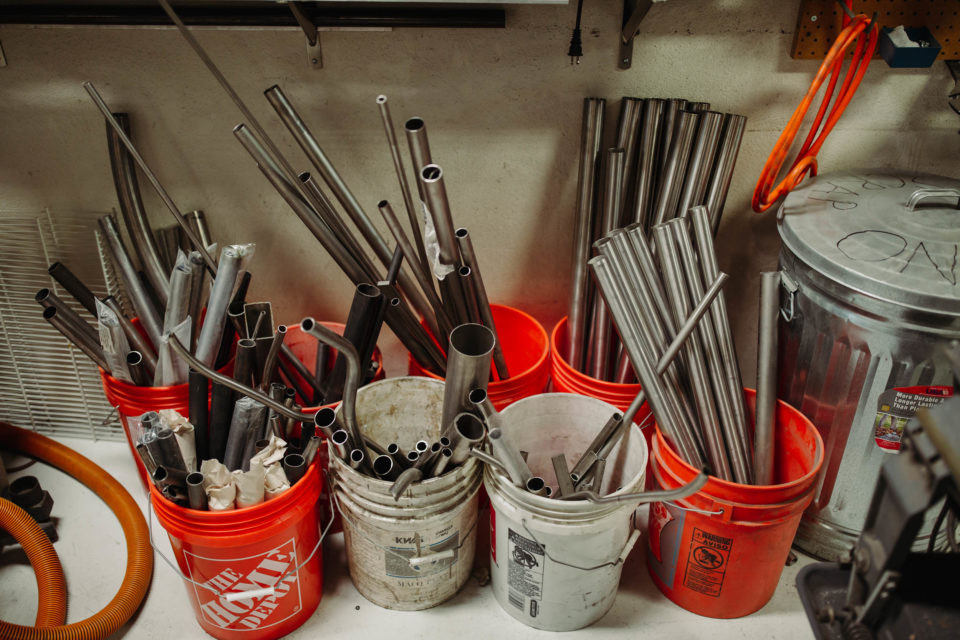 Black Sheep Bikes
Black Sheep Bikes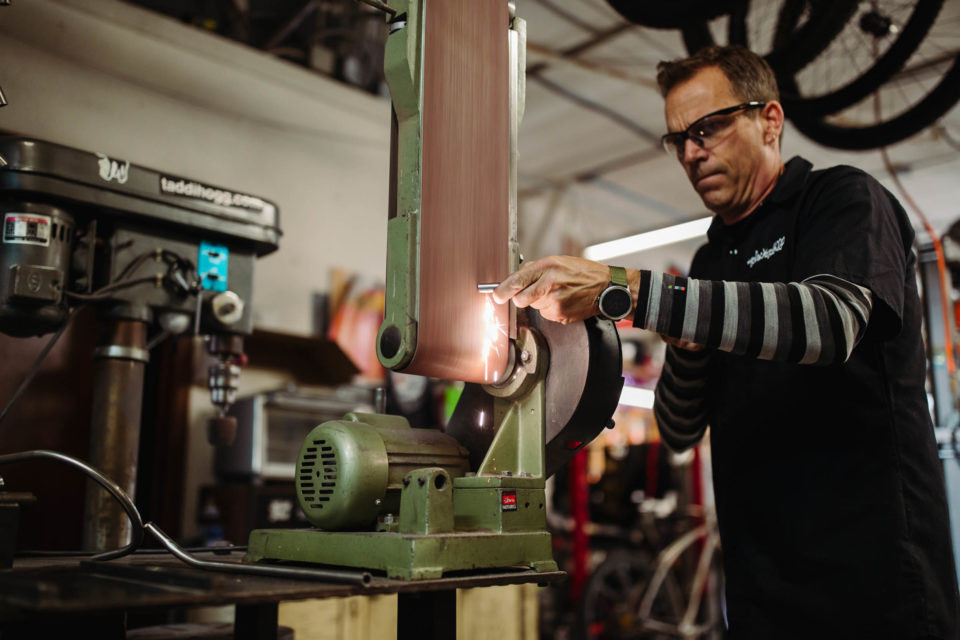 Black Sheep Bikes
Black Sheep Bikes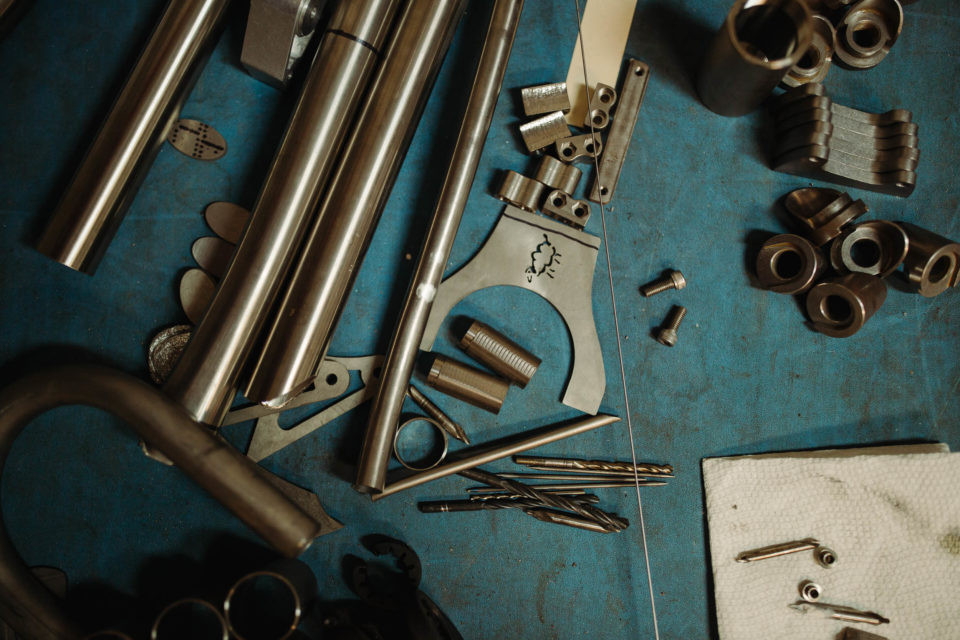 Black Sheep Bikes
Black Sheep Bikes
Fortunately, titanium isn’t entirely inaccessible (in relative terms – all high-end bikes are a luxury). There are several more affordable titanium frame options available, and it’s even possible to find off-the-shelf titanium frames priced lower than some steel counterparts. While I’m unaware of any brand offering a titanium frame cheaper than a steel version within the same model range, certain brands offer ready-made titanium frames at more competitive prices than steel alternatives. Brands like Sonder, State, Titus, and Lynskey come to mind as relatively budget-conscious options. Of course, production quality, expertise in maximizing titanium’s properties, and material grade vary. Not all titanium bikes are created equal, and I question whether the principle of “you get what you pay for” always fully applies in the bike industry.
 Why El Jefe Review, Why Cycles, Jefe Branham
Why El Jefe Review, Why Cycles, Jefe Branham
The justification for titanium’s high cost is complex. Raw materials are more expensive than steel, but this doesn’t fully account for the price difference. Working with titanium requires meticulous preparation, including stringent cleanliness and tube purging—typically with argon gas—to prevent weld contamination. The material is also harder on tooling. Because titanium frames are usually unpainted and fillers are avoided, the welder’s skill is on full display, demanding highly skilled craftspeople. Even considering these factors, a perceived value contributes significantly to titanium bike pricing, exceeding material and manufacturing costs. Is it simply because it’s considered the “best,” and therefore must be very expensive?
Aesthetic Appeal
Before my commentary on ride quality and cost dissuades you from titanium, I must state that I find it to be the most aesthetically pleasing frame material, particularly in a matte finish. After years of use and countless miles, titanium often looks even better than when new. This enduring beauty has intrinsic value. Furthermore, most scuffs can be easily buffed out, restoring the frame to a near-new appearance. Titanium’s distinctive look is indeed a major draw, even if some might find it understated or unfinished.
 Otso Warakin Titanium
Otso Warakin Titanium
Most titanium bikes are left unpainted because, unlike steel, they don’t require a coating to prevent rust or corrosion. Instead of appearing flashy, bare titanium frames exude a rugged, utilitarian aesthetic, perfectly suited for bikes designed to conquer off-road trails and gravel paths. I appreciate this understated elegance and the visibility of raw welds, showcasing the material’s fusion. However, this aesthetic isn’t universally appealing. Many appreciate the cheerfulness and personality that colorful bikes offer. Of course, painting a titanium frame is possible, though less common.
Frame Strength and Durability
Titanium is widely regarded as the strongest commonly used frame material, but the reality is more nuanced. Do I have great confidence in its strength? Absolutely. However, it’s not as invincible or exceptional as marketing narratives might suggest (is anything?). Titanium is a reliable choice for a durable, lightweight, corrosion-resistant frame crafted from a well-understood material. Anecdotally, however, I have observed a surprisingly high failure rate among titanium bikes.
 John and Mira
John and Mira
The explanation I’ve received for this relatively higher failure rate is that titanium tubes—almost always alloyed with aluminum and vanadium for bicycle frames—possess a superior strength-to-weight ratio and comparable or better tensile strength than high-quality unalloyed steel, but are more susceptible to cracks at welds. While venturing beyond my expertise, the increased likelihood of these cracks is attributed to titanium’s uniquely high notch sensitivity. Imperfect titanium welds, lacking smooth fillets, can create stress concentrations. Where steel is more likely to bend or deform, titanium is more brittle and prone to cracking at these weak points. The visual perfection of welds is not merely aesthetic; it’s integral to the frame’s structural integrity.
 2020 Why Cycles Wayward with Oddity Squid Fork
2020 Why Cycles Wayward with Oddity Squid Fork Bombtrack Hook EXT TI, Bombtrack Hook EXT Titanium
Bombtrack Hook EXT TI, Bombtrack Hook EXT Titanium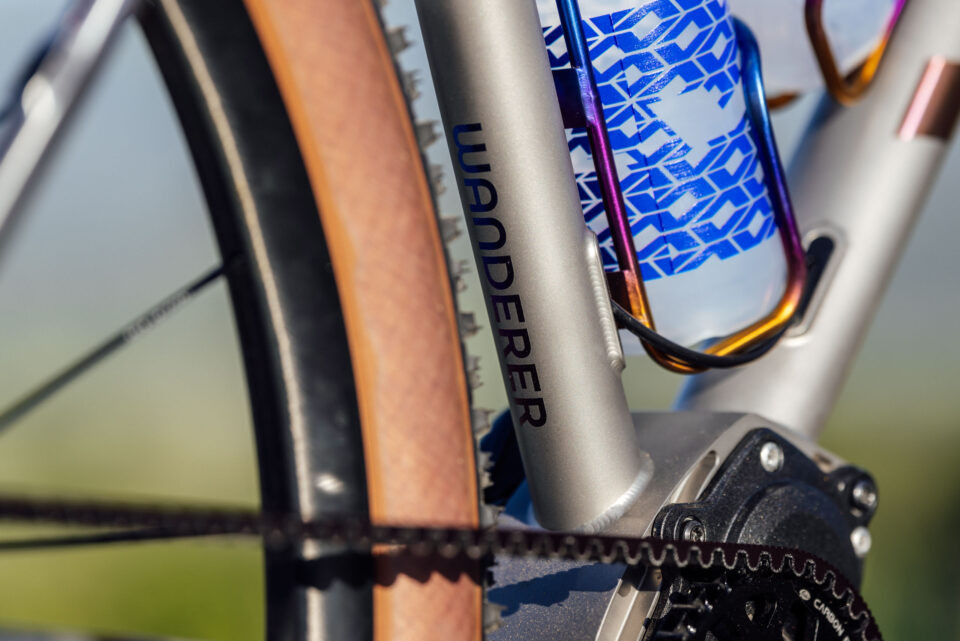 Viral Wanderer, Pinion SmartShift
Viral Wanderer, Pinion SmartShift
In simpler terms, a masterfully crafted titanium frame is almost guaranteed to be exceptionally strong. However, a titanium frame built by a less experienced welder may be more prone to cracking than a comparable frame made from good quality steel, even if the titanium tubes themselves are stronger and more resistant to impacts and wear.
Weight Considerations
Weight is a significant factor in cycling, and a Titanium Bike Frame will almost certainly be lighter than its steel counterpart. Due to differences in material properties and fabrication processes, some variations between the two frame types are inevitable (e.g., downtube thicknesses). However, comparing several mountain and gravel framesets in both steel and titanium, the weight difference averages around one to two pounds. While not insignificant, this is relatively minor when considering the total weight of a complete bike, which might be around 25 pounds unloaded. This weight difference can be compensated for with upgraded wheels and tires. In a bikepacking context, this difference is even less critical when considering potential weight savings from lighter camping gear like tents or sleeping bags. Nonetheless, lighter bikes are more enjoyable to ride, and if your goal is the lightest possible metal bike, titanium is the clear choice.
Long-Term Durability
As previously mentioned, a well-made titanium frame is exceptionally durable and resistant to the ravages of time because it is immune to corrosion, unlike steel. Living in Minnesota during my college years, I witnessed numerous steel bikes literally disintegrate due to rust on campus. I recall a friend asking if his steel commuter was still safe to ride even after the seatpost had pierced through the middle of its rusted-out seat tube (it was not). I regret not capturing that photographic evidence. Titanium bikes eliminate this concern.
 Joe Cruz, The Adventure Stache Podcast
Joe Cruz, The Adventure Stache Podcast
Like steel, titanium is repairable in the event of a crack, another advantage shared by both materials. Once, during a bikepacking trip in the Italian Dolomites, a friend discovered a crack in his steel frame upon arriving in a small town. Asking around at a local café, we were quickly directed to a mechanic nearby. Within minutes, the mechanic performed a crude but effective repair. We continued our adventure in search of more singletrack. While titanium can also be repaired, that Italian mechanic would not have been equipped to do so in his garage. Finding someone skilled in titanium repair is more challenging, but let’s be honest: frame failures mid-trip are rare, despite the appealing photo opportunities they might present.
Titanium is often associated with the concept of a “forever bike.” While admirable, I question this notion. Several titanium builders I spoke with mentioned that the desire for a bike for life is a primary motivator for many customers. However, even these builders expressed skepticism about the premise. This isn’t due to doubts about the longevity of their bikes – they are confident their frames will last for decades. Rather, it’s about being realistic about whether you will truly ride the same bike long enough to justify its price, regardless of the material. The cycling industry is constantly evolving. Standards change, interests evolve, and our needs shift as we age. For many cycling enthusiasts, the desire to build something new surpasses the dream of a “one-and-done” forever bike.
Exclusivity and Brand Prestige
Compared to other materials, relatively few brands and builders work with titanium. For example, far fewer Salsa Fargo titanium frames are produced compared to steel versions, making their rarity a distinguishing feature that enhances their desirability for many buyers. Similarly, brands like MOOTS carry significant prestige, particularly within higher price brackets. For some riders, especially those with the financial means, owning a bike from a brand synonymous with bespoke, high-end titanium craftsmanship is a statement of taste and accomplishment. This aspiration is understandable.
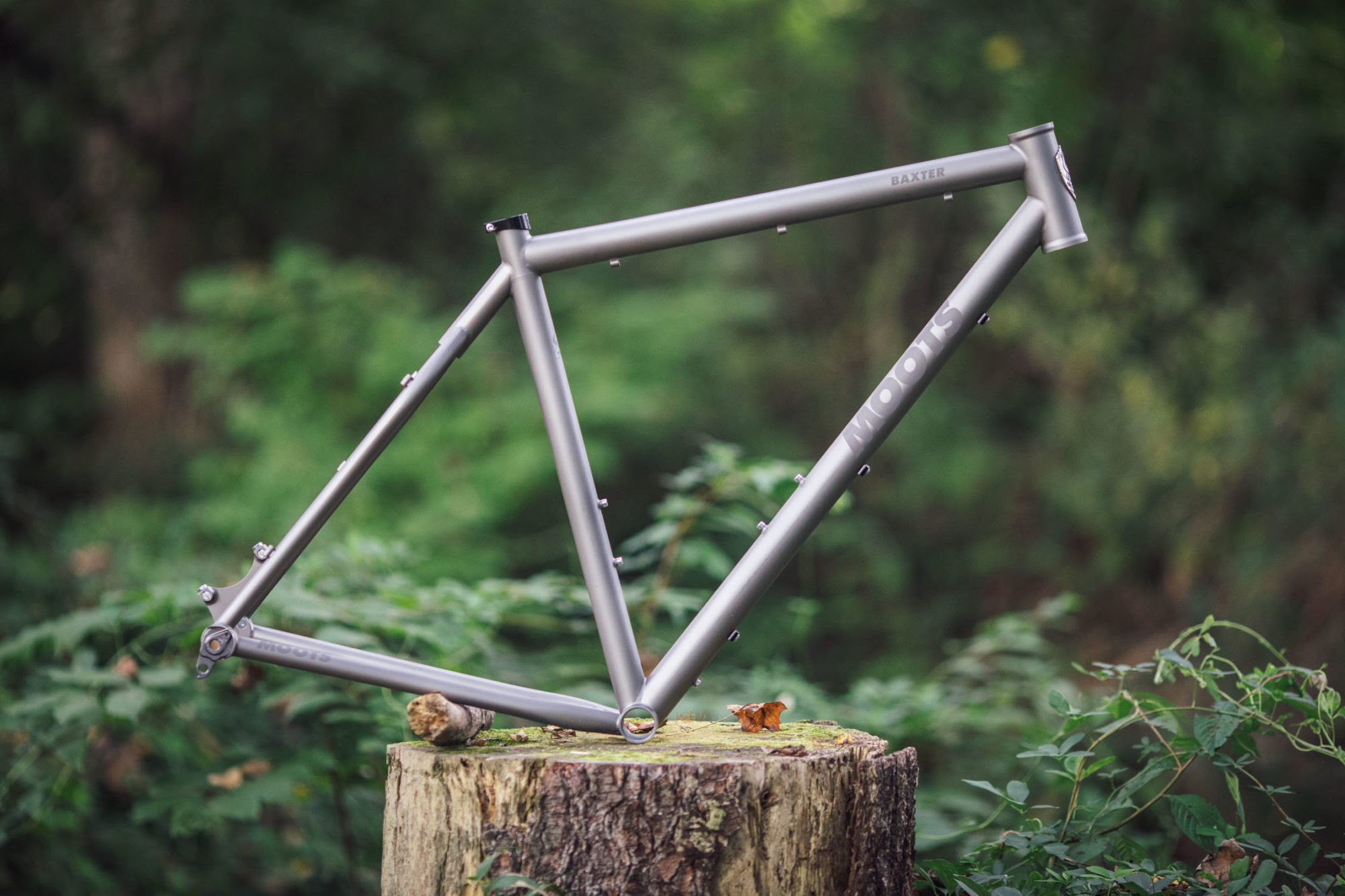 MOOTS Baxter Review
MOOTS Baxter Review
Environmental Footprint
Finally, the environmental impact is a crucial consideration, deserving of a more in-depth and researched discussion in the future. When comparing steel and titanium, evidence suggests that titanium tubing has a significantly higher carbon footprint than steel. A 2022 study by British tubing manufacturer Reynolds found that producing a ferrous steel tube emits 2.15 kilograms of CO₂, while a titanium tube emits 6.74 kilograms—roughly three times the footprint of steel.
 Why Cycles S7 Dream Build
Why Cycles S7 Dream Build
However, your choice of frame material for a bike intended for years of use is unlikely to be your most impactful decision regarding your carbon footprint. According to a Reynolds presentation at the Bespoked bike show, manufacturing the tubes for a single steel bicycle frame generates the same CO₂ as driving a Range Rover for just 32 miles. Regardless of the exact figure, the choice between steel and titanium becomes less significant if you frequently drive to trailheads or fly internationally with your bike. If minimizing environmental impact is your priority in frame material selection, steel appears to be the more environmentally conscious choice. However, your overall bike usage habits have a far greater environmental impact over the bike’s lifespan.
Conclusion: The Enduring Appeal of Titanium
In conclusion, returning to the cost-benefit analysis I initially avoided, the scales seem to tip against titanium from a purely rational perspective. Titanium frames are generally less affordable, potentially more prone to cracking than steel, and have a somewhat larger environmental footprint. Yet, we are not always rational beings.
If you’ve read this far and still desire a titanium frame, your reasons are valid. Perhaps it’s the timeless aesthetics, the low weight, a connection with a specific builder, corrosion resistance, or the status associated with riding “space metal.” Maybe owning a titanium bike is a long-held dream, and if it brings you joy without compromising your financial stability, there’s little reason to dissuade you. Or perhaps the attraction is less tangible. Titanium bikes possess a certain coolness. While the performance difference between high-quality steel and titanium may be subtle, titanium can be the perfect finishing touch for a bike with thoughtfully chosen tubing and geometry that perfectly suits your needs.
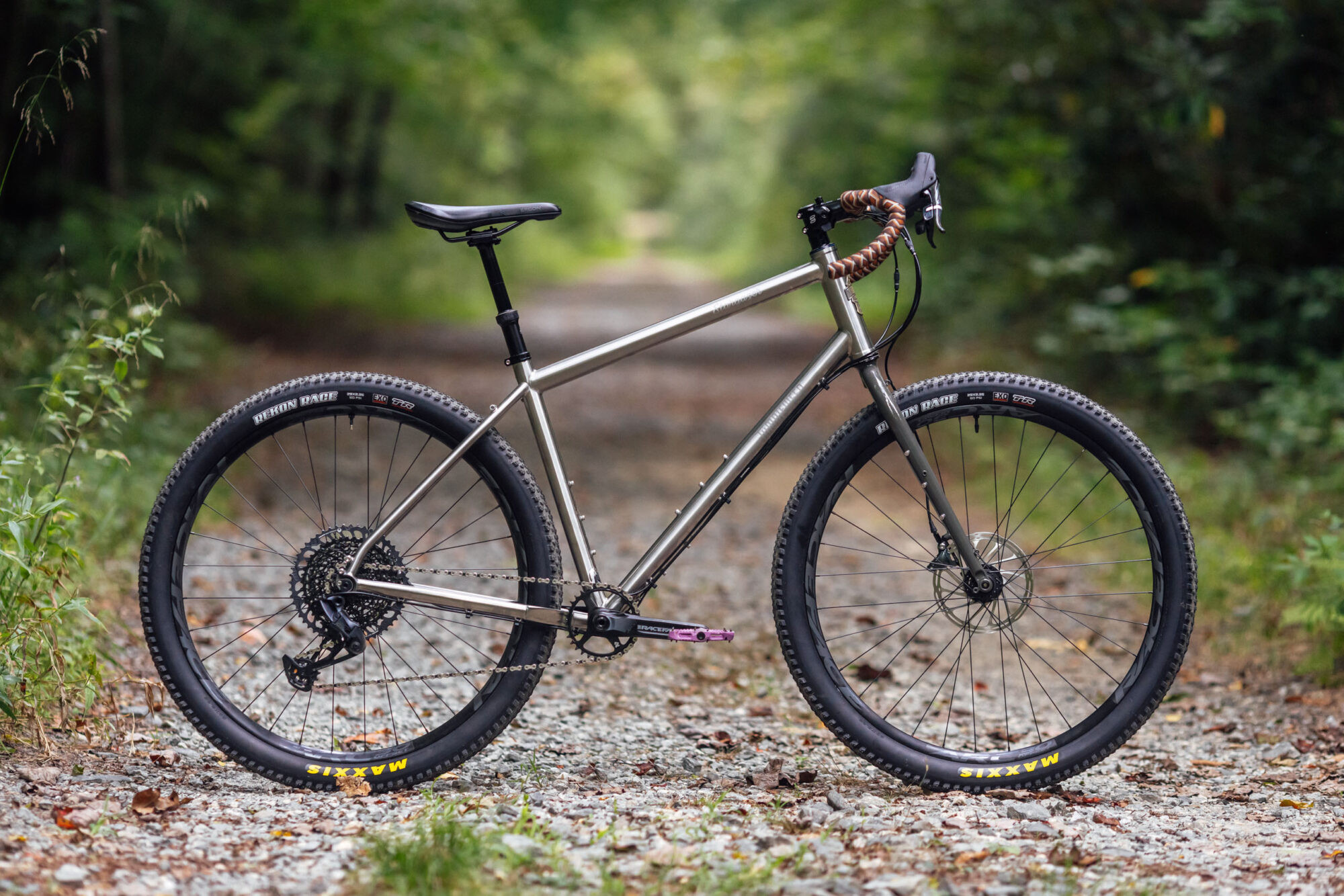 Tumbleweed Stargazer Ti
Tumbleweed Stargazer Ti
Personally, momentarily silencing my analytical side, I still recognize the allure. There’s an undeniable appeal in the promise of a lightweight and robust metal bike that ages gracefully, stands out from the crowd, and invites you to appreciate the nuances of its ride quality, whether real or imagined. However, I can’t help but consider a parallel universe where the mystique of another material – perhaps Scandium or Magnesium – took hold decades ago, becoming the coveted material everyone desires and is willing to pay a premium for. This perspective helps bridge the gap between perception and reality regarding our collective fascination with titanium.
If pressed to choose, I would likely opt for the steel version of a bike over its titanium equivalent, investing the price difference elsewhere (perhaps in bike upgrades or other necessities), knowing that the allure of titanium may well resurface, as inexplicable and impractical as it may be.
Did I overlook anything or misrepresent any points? Do any of the points above resonate with or contradict your experiences or perceptions? What draws you to or repels you from titanium bikes? I’m eager to hear your thoughts in the comments below!

